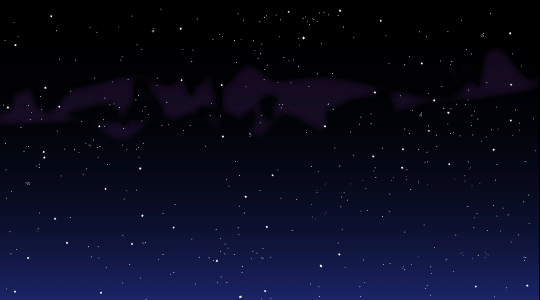
Look up Nov. 16 about midnight.
The Leonids, the debris from Comet 55P/Tempel-Tuttle, will be shooting across the sky at about 15 meteors per hour. They will be traveling at about 44 miles per second.
You probably can catch sight of a few of these “shooting stars” because they are bright and light from the moon won’t be a factor. The moon will be in its waxing crescent phase and sets early evening.
These meteors are called Leonids because the radiant (point in the sky where the meteors seem to come from) is in the constellation Leo.
Also, put the Geminids on the calendar for a sky watch Dec. 13-1, 2020.
For more information visit Earthsky, TimeandDate and NASA.
